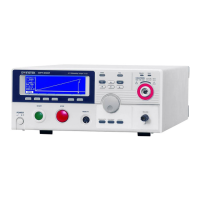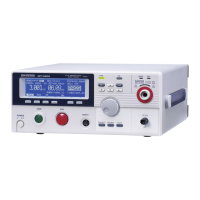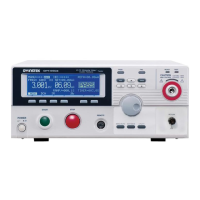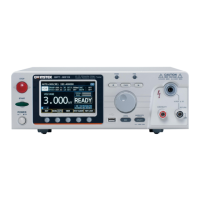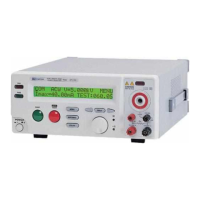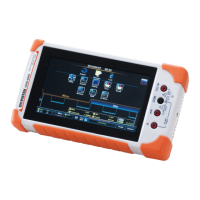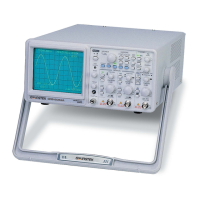ELECTRICAL SAFETY TESTER
USER MANUAL
9
3. PRECAUTIONS BEFORE OPERATION
3-1. Unpacking the instrument
The product has been fully inspected and tested before shipping
from the factory. Upon receiving the instrument, please unpack and
inspect it to check if there is any damage caused during
transportation. If any sign of damage is found, notify the bearer
and/or the dealer immediately.
3-2. Safety Notice
Working place
The working place must be isolated and when the high voltage is
proceeding, it should be alerted with a warning sign of dangerous
for special caution.
Checking the Line Voltage
The instruments can be applied with any kind of line voltage shown
in the table below. Before connecting the power plug to an AC line
outlet, make sure the voltage selector of the rear panel is set to the
correct position corresponding to the line voltage. It might be
damaged the instrument if connected to the wrong AC line voltage.
WARNING. To avoid electrical shock the power cord
protective grounding conductor must be connected to
ground.
The equipment shall not be used for measurements
within category II, III and IV.
ELECTRICAL SAFETY TESTER
USER MANUAL
10
When line voltages are changed, replace the required fuses shown as
below:
Line voltage Range
Fuse
Line voltage Range
Fuse
100V
120V
90-110V
108-132V
T 7.0A
250V
220V
230V
198-242V
207-250V
T 4A
250V
WARNING. To avoid personal injury, disconnect the
power cord before removing the fuse holder.
Operator’s Precaution
(1) With immense high output voltage and current of the puncture
tester, only qualified person can operate the tester in order to
avoid fatal electric shock.
(2) On-job training is required for operator to better use the tester
smoothly and safely.
(3) The operator is prohibited to dress with metal ornaments or wear
metal decoration in order to avoid electric shock.
(4) The person with cardiac or wear a pacemaker must not to operate
the tester.
WARNING: This is a Class A product. In a domestic
environment this product may cause radio
interference in which case the user may be required
to take adequate measures.

